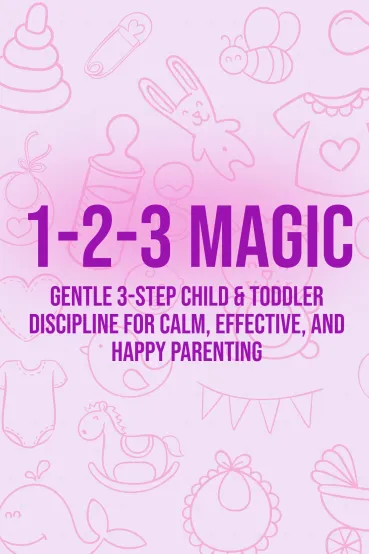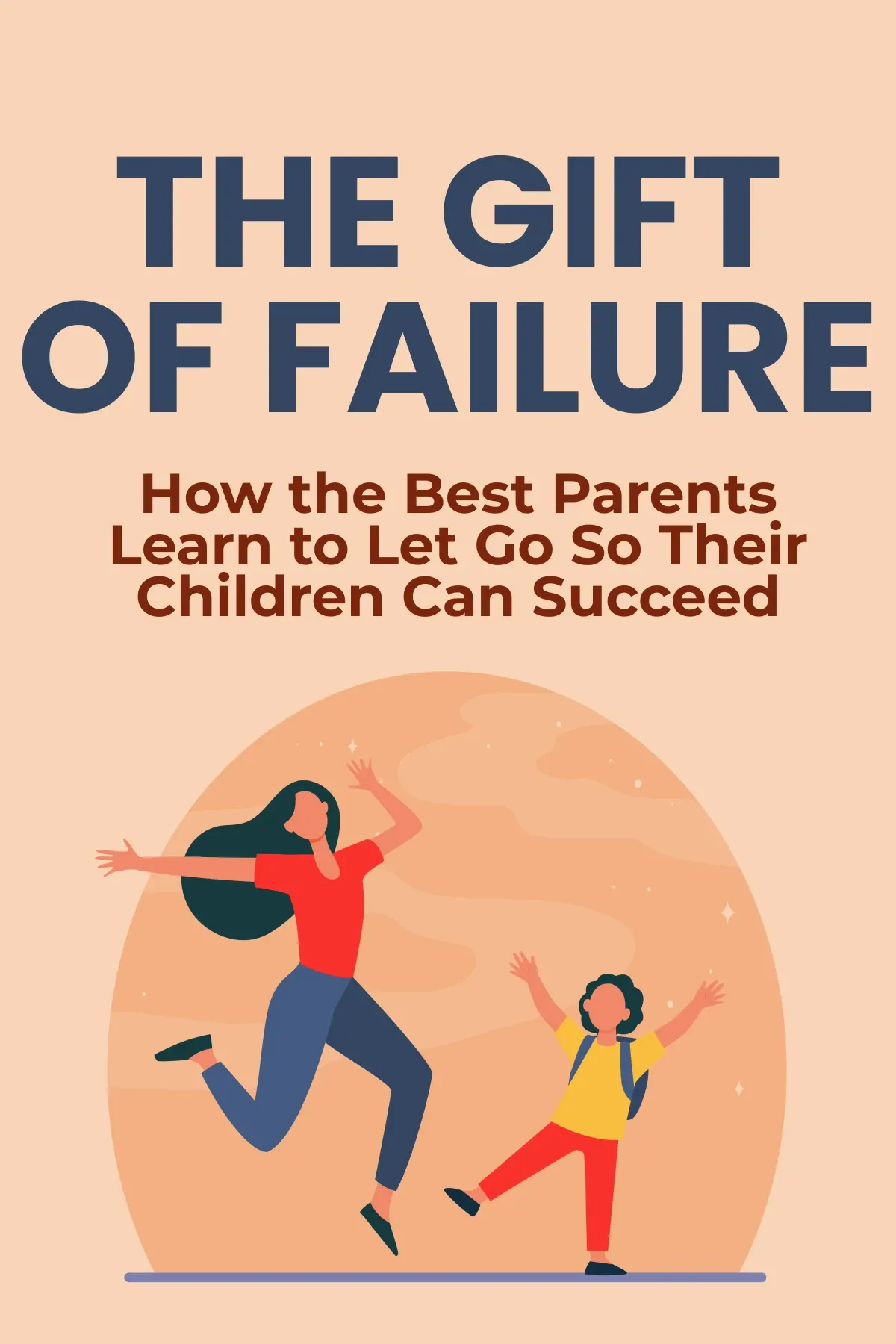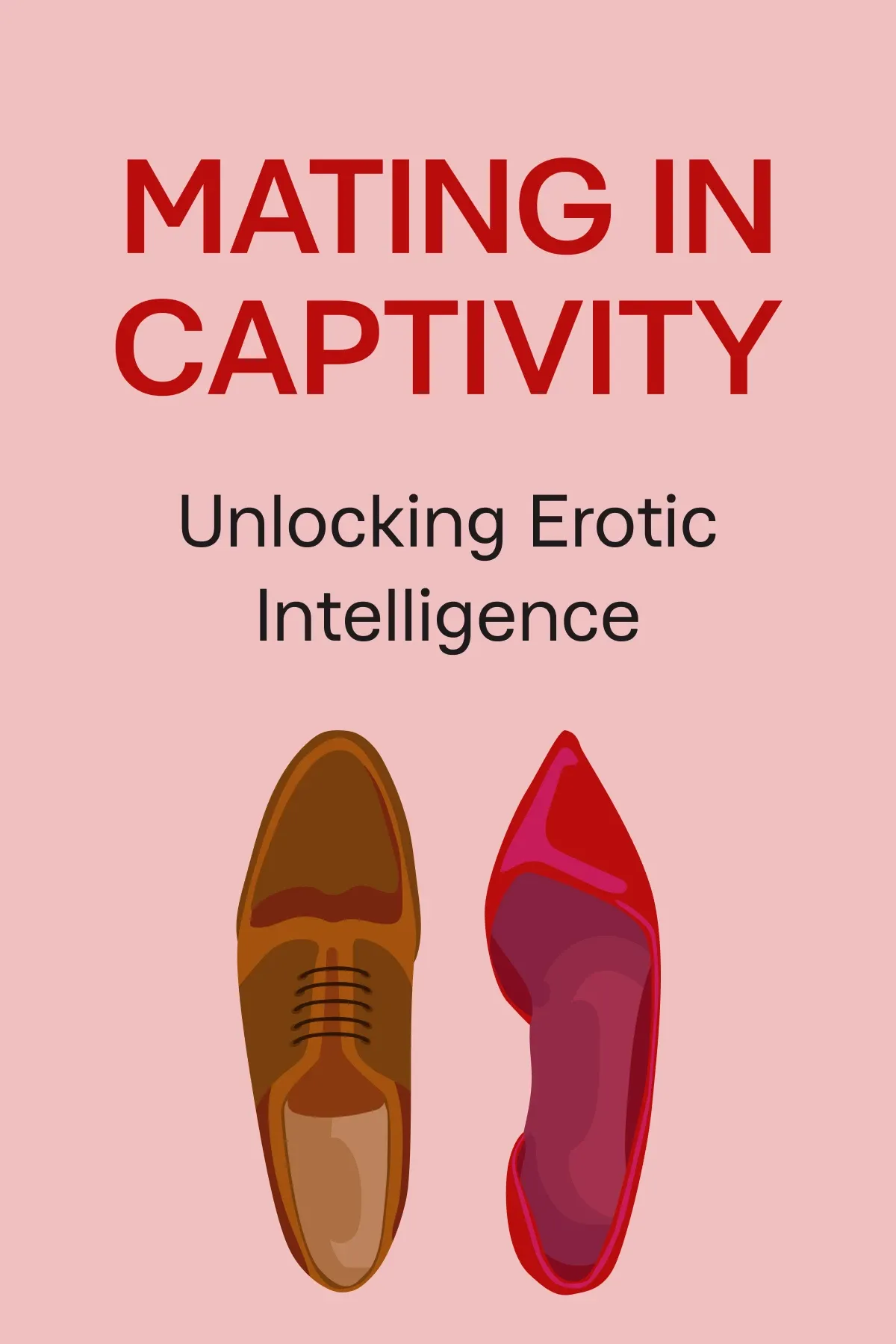
1-2-3 Magic
Brief Summary
Do you struggle with remaining sane while still being a good parent? Well, you are not alone here: it’s really challenging to discipline your child without turning into some kind of home tyrant. That’s why “1-2-3 Magic: Gentle 3-Step Child & Toddler Discipline for Calm, Effective, and Happy Parenting” by Thomas Phelan might be of use to you.
Topics
Key points
Key idea 1 of 7
An essential rule of parenting is to nurture your children, not train them. Your children are little people, not animals that need a treat for good behavior. On the other hand, by changing their approach and treating children as full-grown individuals, many parents go to extremes, forgetting that a child is, first and foremost, a small and inexperienced human being.
One of the fundamental principles of parenting is learning to identify two basic types of child behavior. The first—Stop behavior—occurs when children show us problematic behaviors such as whining, disrespect, tantrums, disobedience, etc. These are minor issues, but if your child throws tantrums at you regularly, it can become quite frustrating.
The second type is Start behavior. Here, the situation is more pleasant because we can see manifestations of positive activities like cleaning, doing homework, helping in the garden, and so on. Of course, you can simply ask the child to do this or that action to stimulate the Start behavior. As a parent, you must motivate your child to move from the Stop behavior to the Start behavior.
Two mistakes are most common when parents try to discipline their kids. The parent begins to allow themselves too many words or too much emotion. In an attempt to “talk down” to their children, parents often turn any punishment into an endless lecture. What do they get out of it? Their child is irritated, tired of the chatter, and most likely distracted. Somewhere in the middle of the story, they probably started thinking about something more engaging like Transformers.
The second mistake is too much emotion. Of course, you are entitled to emotions, even if those emotions are anger, irritation, fatigue, or frustration. Still, you are responsible for your child, which also includes your child's mental state. Therefore, you can't just release your emotions at some point by starting to cry or scream in front of your child. Don't dump the idea that your emotional state depends on your children's behavior. The responsibility for your mental stability is much too big of a burden for a child to bear. Alternatively, expressing positive emotions is necessary. Don't hide your pride, joy, or desire to praise or hug your child. If your child is doing great, let them know!
You may also like these summaries











